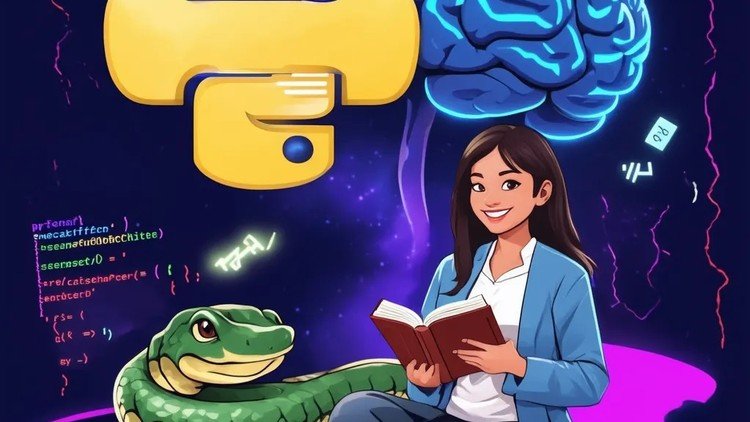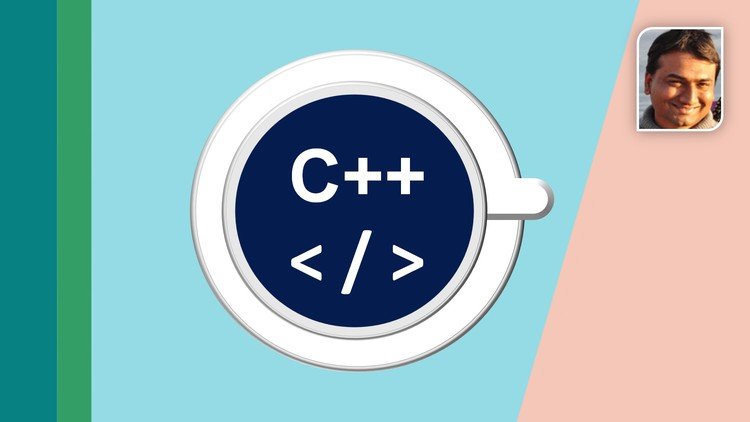Get the coupon in the end of description.
Description
This 16-lecture course is designed to provide a solid foundation in Python programming and an introduction to Generative AI. Tailored for beginners, the course includes both theoretical lessons and hands-on projects to ensure that learners can apply their knowledge in real-world scenarios. The entire course is more of a story telling format to beginners in realtime. The recordings can give you an immersive experience in class.
Lecture 1: Introduction to Generative AI and Python
-
Telegram Group Join NowFacebook Group Join NowWhatsApp Group Join Now
Overview of the course structure and objectives.
Introduction to Python and its importance in AI.
Overview of Generative AI, including its applications and relevance in today’s world.
Python Fundamentals (Lectures 2–10)
Lecture 2: Introduction to Python Basics
Overview of programming and Python as a language.
Setting up and using Google Colab for coding.
Exploring GitHub for code storage and collaboration.
-
Basic syntax in Python: print statements, comments.
Lecture 3: Variables and Data Types
Understanding variables and their role in programming.
Exploring different data types: integers, floats, strings.
-
Simple input and output operations using input() and print() functions.
Lecture 4: Control Structures
Conditional statements: if, elif, else.
Comparison and logical operators.
-
Introduction to loops: while loops and their use in repetitive tasks.
Lecture 5: Lists and For Loops
Lists: creation, indexing, slicing, and basic list methods.
Introduction to for loops and their applications in iterating through lists.
Lecture 6: Sets and Loops
Working with sets: creation and methods.
Continuation of for loops, applied to sets and other data structures.
Lecture 7: Tuples and Dictionaries
Overview of tuples: creation and properties.
Working with dictionaries: creation, accessing values, and basic dictionary methods.
Lecture 8: Functions in Python
Understanding and using built-in functions.
Defining custom functions, parameters, and return values.
Lecture 9: Modules and Libraries
Introduction to Python modules and libraries.
Using the math module and understanding Python packages.
Introduction to PIP for managing Python libraries.
Lecture 10: String Operations and File Handling
String operations and formatting.
Reading from and writing to files using Google Colab’s file system.
Hands-on project: Create a simple Python project to demonstrate understanding of Python fundamentals.
Introduction to Generative AI (Lectures 11–13)
Lecture 11-12: Text Generation and LLMs
Overview of text generation tools and Large Language Models (LLMs) like ChatGPT, Gemini, and Claude.
Hands-on exercises using OpenAI Playground and Google AI Studio for text generation.
Practical comparison of outputs from different AI tools.
Lecture 13: AI-driven Code Generation and Prompt Engineering
Introduction to AI-based code generation using tools like ChatGPT and Claude.
Understanding Cursor IDE for AI-assisted coding.
Practical project: Build a simple web page using AI-generated code.
Advanced Generative AI Concepts (Lectures 14–16)
Lecture 14: Image Generation and Running LLMs Locally
Overview of image generation tools such as DALL-E, Midjourney, and Stable Diffusion.
Practical exercise: Generating and animating images using runwayML.
Running open-source LLMs locally using tools like Ollama and LMStudio.
Lecture 15: Retrieval Augmented Generation (RAG)
Using LLMs with custom data through RAG techniques.
Introduction to embeddings and vector stores (chromaDB, qdrant).
Practical exercise: Building a RAG pipeline to process and store PDFs in qdrant cloud.
Lecture 16: Building Real AI Projects
Introduction to Langchain and LlamaIndex.
Hands-on project: Create a RAG-based question-answering system on a webpage.
Exploring the open-source AI ecosystem and next steps for continued learning.
By the end of the course, learners will have gained a thorough understanding of Python programming and practical experience with Generative AI, enabling them to build AI-driven projects.







